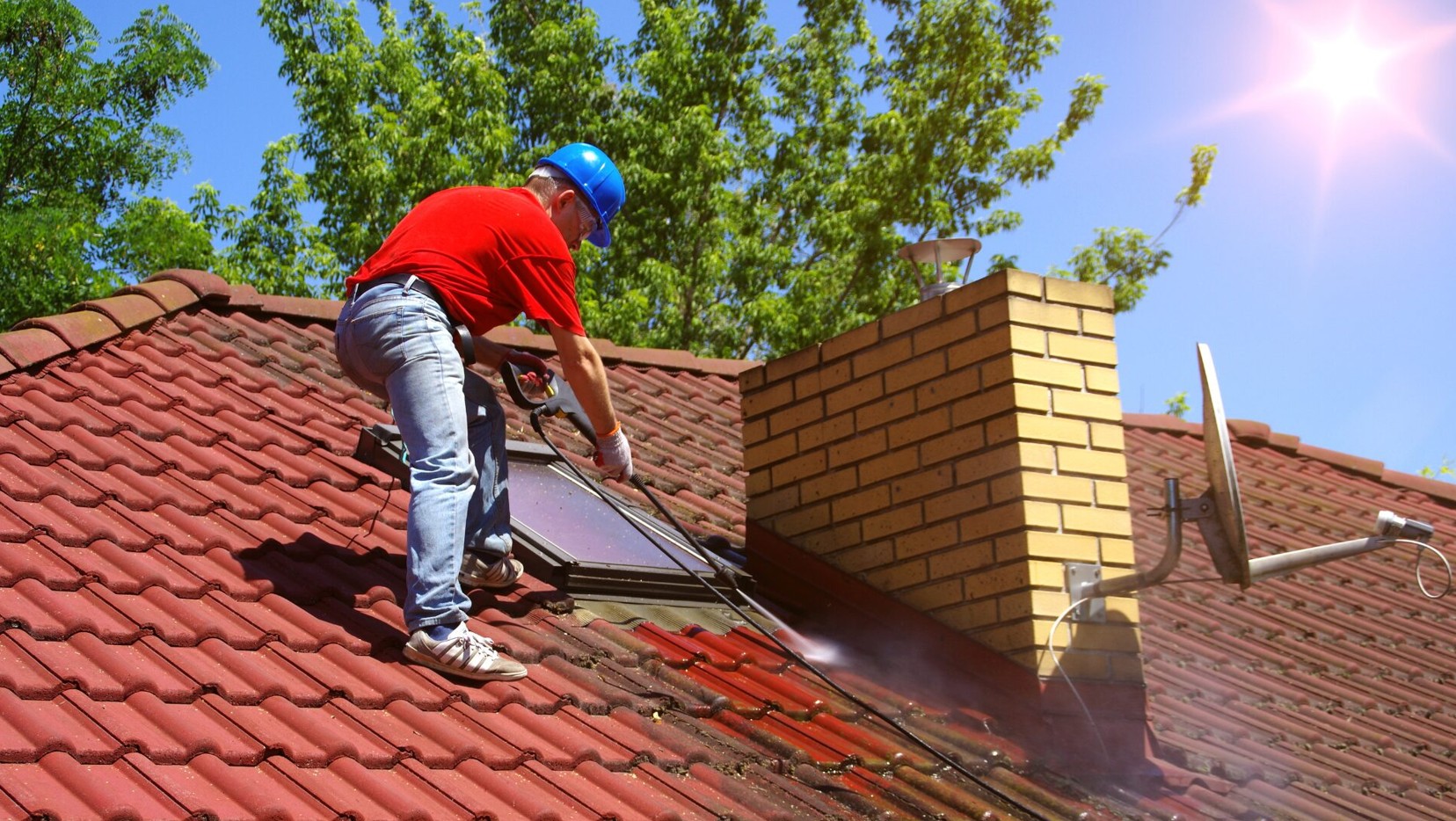When it comes to protecting your home, your roof does the heavy lifting. It shields your family from storms, filters out extreme temperatures, and plays a big role in keeping your home energy efficient. Yet it’s also one of the most neglected parts of a house – until something goes wrong.
If you’ve ever scrambled to place buckets under a leak during a rainstorm, you know just how crucial it is to resolve urgent roofing problems before they spiral into major structural damage. Regular inspections, quick repairs, and a basic understanding of warning signs can make all the difference between a manageable fix and a full-blown crisis.
Signs Your Roof Needs Immediate Attention
Roofs don’t fail overnight. Most major issues start small and quietly build over time. Knowing what to look for can help you catch problems early – and save you from much bigger expenses down the line.
Even if you’re not comfortable climbing a ladder, many signs are visible from the ground.
Watch Out for These Red Flags
- Missing or curled shingles: These create entry points for water and pests.
- Granules in gutters: If you see sand-like particles washing out, your shingles are deteriorating.
- Water stains on ceilings: Yellow or brown spots indoors often point to a roof leak.
- Sagging roofline: This may indicate structural weakness or trapped moisture.
- Moss or mold growth: A sign that water is sitting where it shouldn’t be.
If you spot any of these, it’s time to schedule an inspection – sooner rather than later.
What Causes Roof Damage in the First Place?
Understanding the “why” behind roofing problems helps you prevent them. While some causes are obvious, others can go unnoticed until damage is already done.
Your roof faces challenges every day from weather, time, and sometimes even poor installation.
Common Culprits Behind Roof Issues
- Age: Most roofs last 20–30 years depending on the material. If yours is older, it’s time to be vigilant.
- Storm damage: High winds, hail, and heavy rains can tear off shingles or cause hidden leaks.
- Poor ventilation: Without proper airflow, moisture builds up and weakens roofing components.
- Lack of maintenance: Ignoring minor issues often leads to major ones.
- Faulty installation: A roof is only as good as the hands that installed it.
A strong roof starts with quality materials, regular care, and professional workmanship.
Why Timely Roof Repairs Save You Money
It might feel tempting to delay minor fixes, especially if you don’t notice any leaks yet. But roof damage doesn’t just stay in one place. It spreads – silently and quickly.
What starts as a loose shingle can end up as a moldy attic, damaged drywall, or even compromised foundations.
The Cost of Waiting
- Water damage spreads fast: A small leak can ruin insulation, ceilings, and wood framing.
- Energy bills increase: Gaps or damage reduce insulation and let conditioned air escape.
- Insurance complications: Waiting too long to fix damage could affect your claim.
- Resale value drops: Visible damage or a worn-out roof lowers your home’s market appeal.
In many cases, early repairs cost a fraction of what it would take to replace the roof or fix related damage later.
Professional Roof Repairs: What to Expect
Hiring a reputable roofing professional available at http://www.horchroofing.com/ ensures the job is done safely, efficiently, and to code. Whether you need a quick patch or a more comprehensive repair, the process should be transparent and straightforward.
You deserve to know what’s happening above your head.
Typical Roof Repair Process
- Inspection and assessment: A roofer checks the exterior and interior for signs of damage.
- Detailed estimate: You’ll get a written breakdown of what needs to be done and why.
- Scheduling and prep: The work is scheduled at your convenience, with weather considerations in mind.
- Repair work: This may involve replacing shingles, sealing leaks, fixing flashing, or reinforcing structures.
- Final check and cleanup: A reliable contractor will inspect their work and leave your property as clean as they found it.
Don’t be afraid to ask questions at any step – transparency is part of a good roofing service.
Preventive Maintenance: Your Best Defense
Regular maintenance is the key to extending the life of your roof and avoiding costly surprises. Think of it as taking your roof to the doctor for a checkup – it may not be thrilling, but it’s necessary.
Even one or two small checks a year can make a huge difference.
Maintenance Tips for a Healthy Roof
- Clean gutters regularly: Clogged gutters can push water under shingles and damage your foundation.
- Trim nearby trees: Overhanging branches can damage roofing materials or drop debris.
- Check after storms: A quick visual check can help catch issues early.
- Schedule annual inspections: A professional eye sees what you might miss.
- Look inside too: Periodically inspect your attic for signs of water, daylight, or mold.
The small act of preventative care can extend your roof’s lifespan by years.
Don’t Wait for Rain to Find the Leak
Roofing problems don’t resolve themselves – and ignoring them never makes them cheaper. Whether you’re dealing with cracked shingles, sagging gutters, or a mysterious water spot on the ceiling, the best time to act is now.
Your roof is one of the hardest-working parts of your home. Give it the care and attention it deserves, and it’ll continue protecting your family, your belongings, and your peace of mind for years to come.

